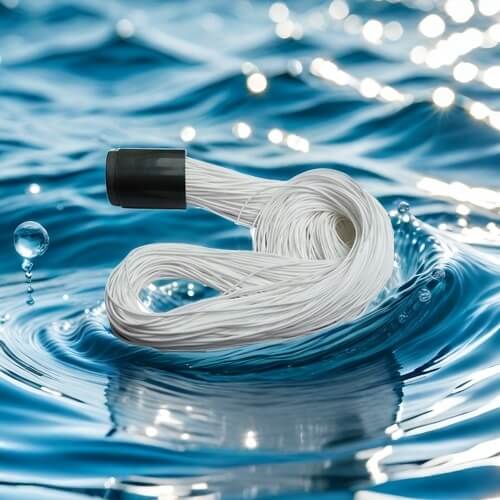Wastewater treatment process for citric acid production
The wastewater generated during the production process of citric acid usually has high concentrations of organic matter and acidic characteristics, so effective treatment processes are needed. The following are several common citric acid wastewater treatment processes:
1. Two phase anaerobic aerobic combined process
This process combines the advantages of anaerobic and aerobic treatment, with the following specific steps:
Physical pretreatment: Wastewater is first treated through a grid tank, sedimentation regulating tank, and air flotation tank to remove suspended solids and colloidal substances, reducing the subsequent biochemical treatment load.
Anaerobic reaction: Wastewater is diluted 1:1 before entering the two-phase anaerobic reactor, and organic matter is decomposed by anaerobic microorganisms to produce small molecule organic matter, methane, and carbon dioxide.
Aerobic treatment: After anaerobic treatment, the wastewater enters the delayed aeration tank and further interacts with aerobic microorganisms to remove residual organic matter. Finally, sludge is precipitated in the inclined tube sedimentation tank to meet the discharge standards.
2. SBR (sequencing batch reactor) method
The SBR method is suitable for treating high concentration citric acid wastewater through batch reactions and has a good COD removal effect, generally reaching around 90%. This method has high flexibility and can adjust operating parameters according to changes in incoming water quality

3. UASB (Upflow Anaerobic Sludge Bed)
UASB reactor is a commonly used anaerobic treatment technology, suitable for treating high concentration organic wastewater. Its working principle is to degrade organic matter under anaerobic conditions by contacting upstream water with sediment sludge. This technology shows good COD and BOD removal rates in citric acid wastewater treatment, usually reaching over 90%
4. Aerobic biological method
Aerobic biological methods mainly use activated sludge processes for treatment, including biofilters, biological turntables, etc. This method is suitable for wastewater that has undergone preliminary anaerobic treatment to further remove residual organic pollutants
5. Deep processing
In order to meet stricter emission standards, citric acid wastewater can also undergo advanced treatment, such as activated carbon adsorption or membrane filtration, to remove pollutants such as color, odor, and heavy metals, thereby ensuring that the effluent quality meets the standard
The selection of these processes usually depends on the specific wastewater composition, treatment scale, and economic factors. Effective wastewater treatment can not only protect the environment, but also achieve the recycling of resources.
